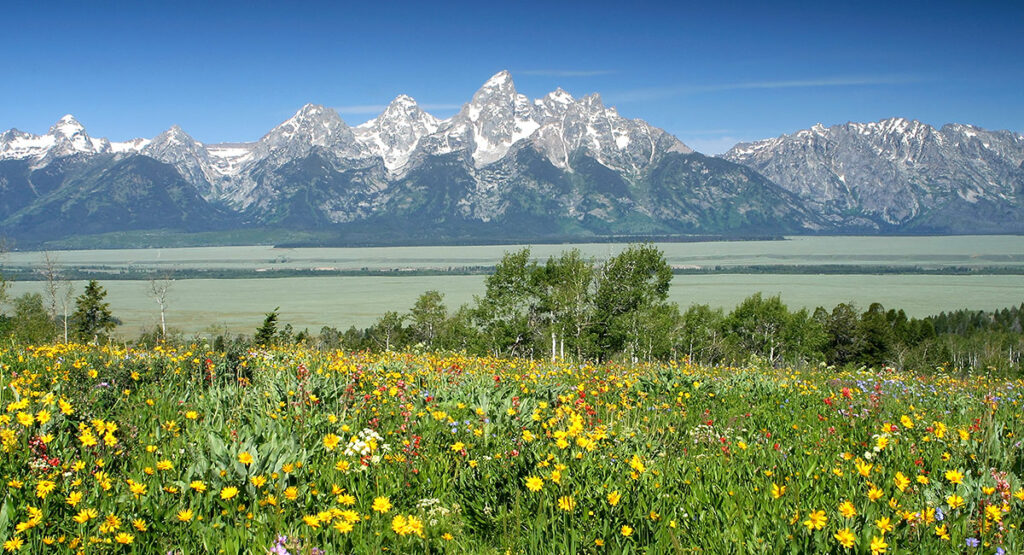An exploration of cross-country skiing techniques written by Scotty McGee, founder of Peak Performance
What’s better than getting tech tips from the pros? Absolutely nothing. Scotty McGee has enjoyed cross-country skiing since 1983, so he knows a thing or two. Scotty explores techniques that could benefit your performance on winter trails whether on classic XC skis or skate skis.
The Stages of Diagonal Stride | V2 Alternate | Double Poling
You can move along on your journey by dropping into the classic ski series collaboration with Peak Performance and Teton County/Jackson Parks and Recreation, happening every Tuesday from Feb 18 – March 4 from 4:30PM-6:30PM at Stilson. $50 for drop in, register here.
The Evolution of Nordkind – The stages of Diagonal Stride
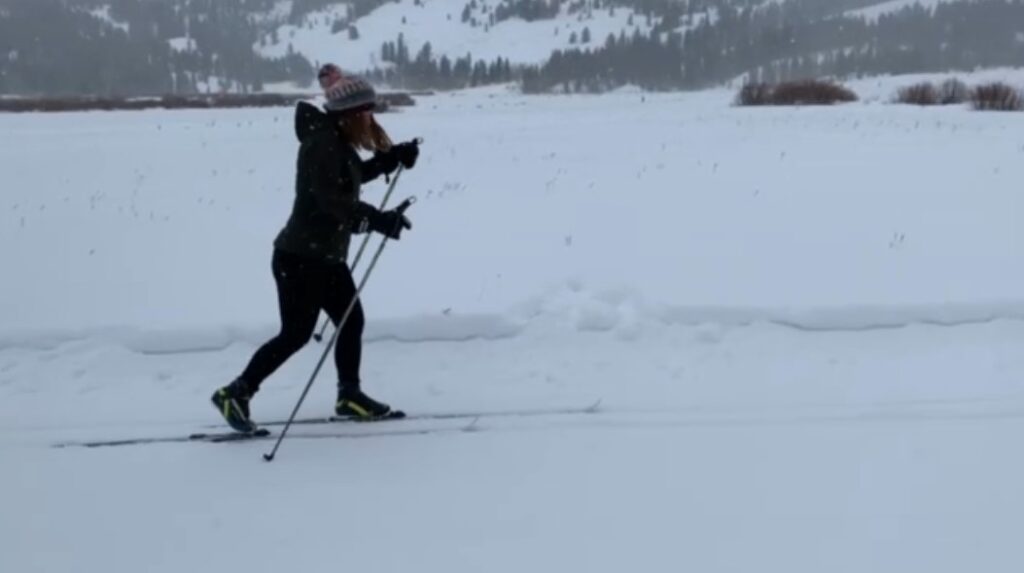
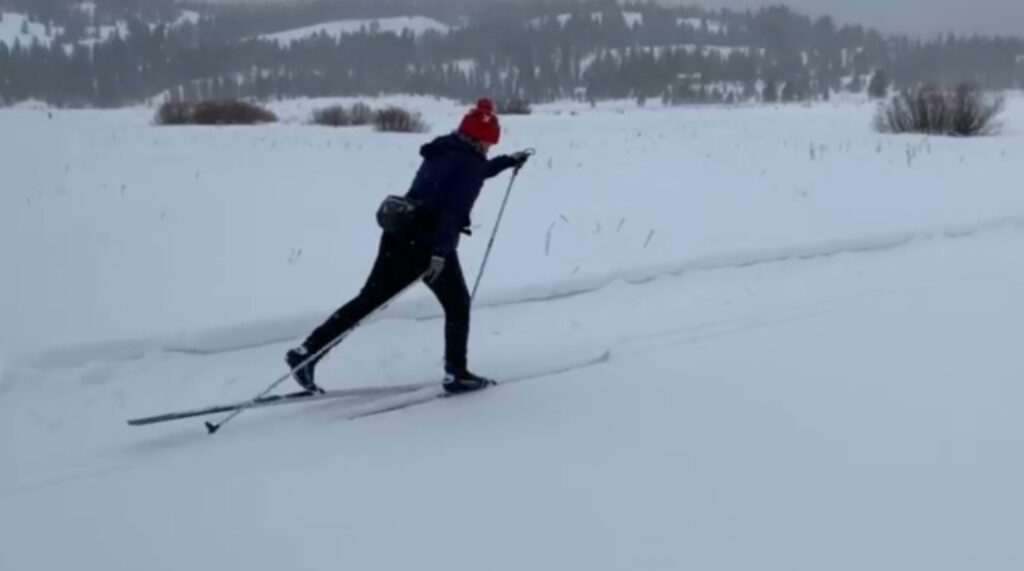
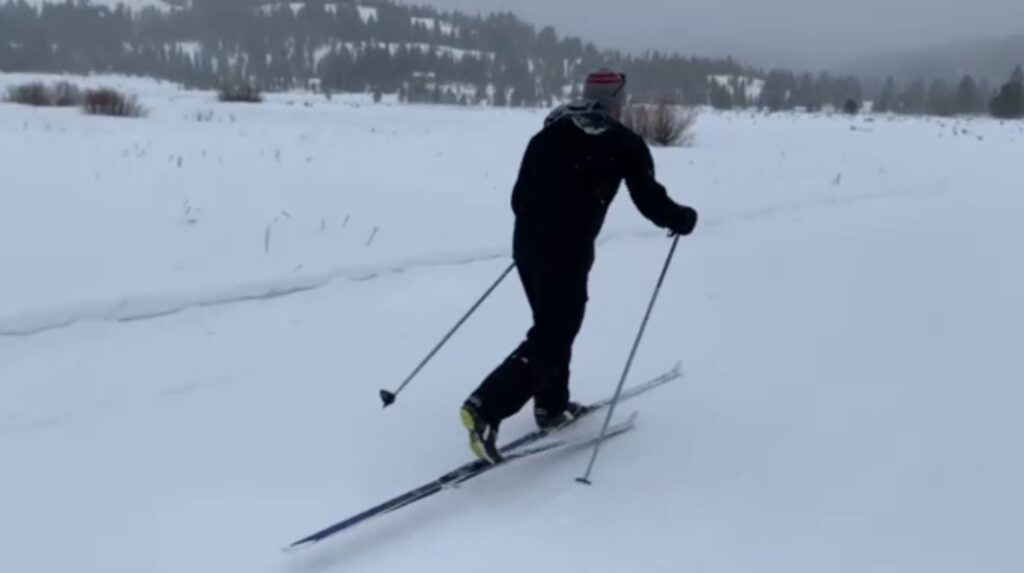
Most probably all start out as Shufflers, keeping both skis in contact with the ground at all times. There’s not much pushoff, and not much glide. Diagonal arm/leg movements come pretty easily.
Then there’s your Slappers, who’ve learned to step onto the new gliding ski long enough to get their back ski off of the snow. It slaps the snow, if the skier is aft, and some gliding momentum is lost. At the early stages, arm and leg movements are often out of synch, while the skier learns to draw out the glide phase, resulting in sub-optimal pushoff and glide.
Then you’ve got your Striders, who balance and glide and pushoff all on just one ski at a time, synchronize pole and ski pushoff, and have approximately 0 time with both feet on the snow. These skiers can maximize pushoff from one ski and enjoy the resultant glide on the other.
Where are you on your evolutionary journey, a shuffler, a slapper or a strider?
How’s your V2 Alternate?
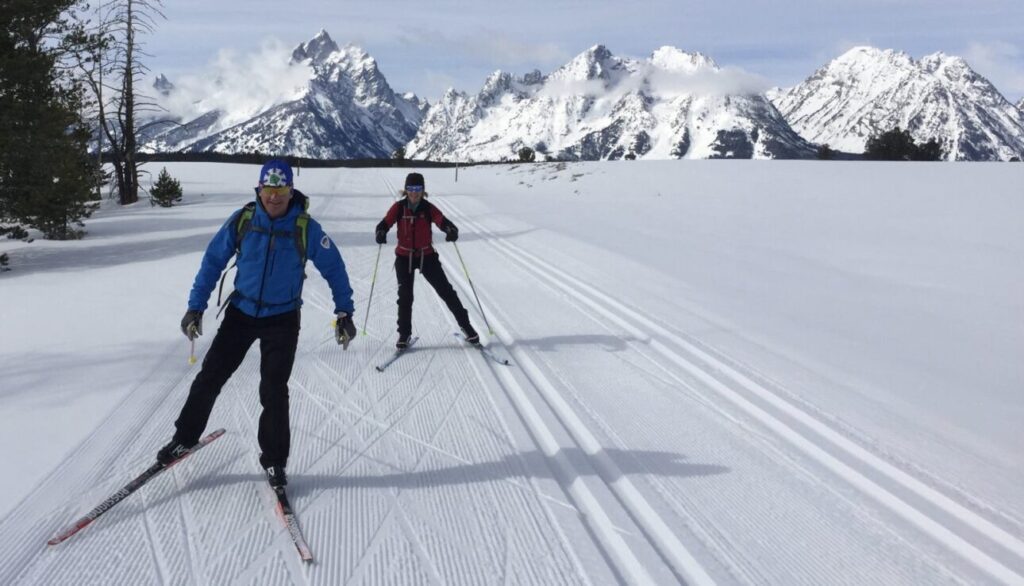
The V2A is a pole timing in skate skiing for flats and downhills, sometimes referred to as a ‘3rd gear.’ By contrast, V1 is 1st gear, for uphills, and the faster V2 timing is used for flats and slight uphills. What sets V2A apart is the simultaneous forward arm swing and pushoff from one ski. A great way to practice this timing is called ‘Speed Skater.’ Skate without poles, and put one hand behind your back like speed skaters on ice. This gets the free arm swinging in time with the skate pushoff, and closely resembles V2A timing. With poles back in hands, time the forward pole swing with the leg extension pushoff from the ski, adding power to the pole push recovery, and getting longer glide as a result.
Double Poling – The Short and the Long of it
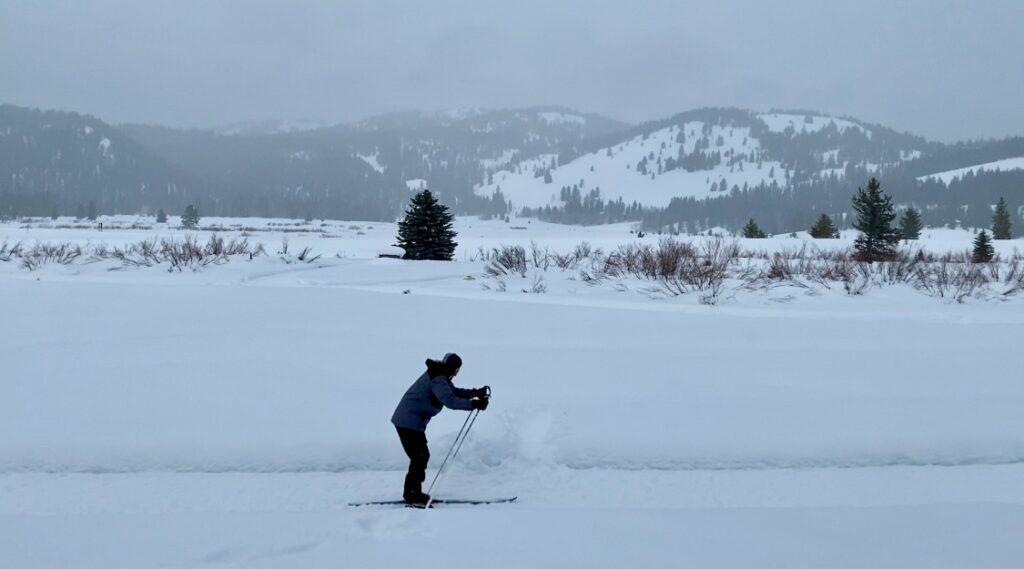

Double poling is when both ski poles make contact with the snow at the same time. There are two main types of double poling in cross country skiing: long double poling and short double poling.
In long double poling, for faster or flat skiing, the skier plants the poles near the bindings and loads them with a combination of upper body and core, hinging forward at the hips. In follow through, the spine may get fully horizontal, and the resulting glide allows time for rest and recovery.
The faster tempo short double pole calls for more ankle flexion and core activation, with matching shin and spine angles. This technique is often used to carry momentum into the beginning of a hill, and is also the most applicable to skate skiing, when bending forward at the waist is not conducive to the higher tempos in V1 and V2.
Mastering both long and short double poling allows Nordic skiers to adapt to varying terrain and speeds, optimizing efficiency and momentum. By understanding when to use each technique, skiers can enhance their performance and endurance on the trails.

Peak Performance is a locally owned cross country ski instruction and guide service, with a permit to operate on the Blackrock Ranger District of the Bridger-Teton National Forest. Read more about Peak Performance’s partner spotlight from last year. Text Scotty McGee with any questions 307 413 6552.


